Welcome to the world of garden lattices! If you’re looking for some creative ways to add charm and beauty to your outdoor space, then look no further.
Garden lattices are a wonderful option that can help you create an attractive border for beds, provide additional support for climbing plants and shrubs, or just give your yard a pretty touch of texture.
Whether you opt for wood, metal or even plastic panels—we have plenty of ideas on how these trellises can be used in any type of garden. So read on and let’s get inspired!
Garden Lattice Ideas
Make a Walkway
If you’re looking for a way to create an interesting entrance or pathway in your garden, then a lattice is the perfect choice. Simply install two lattices on either side of a walkway, and use them as a divider between the different areas of your yard.

You can choose from any number of designs and colors, such as arches, trellises or even a combination of both. And don’t forget to add some plants that can climb up and around the lattice for added charm.
Create Arbors and Trellises
Arbours and trellises are great for creating an attractive focal point in your garden. Whether placed over a walkway, patio or bench, these beautiful structures add interest to any outdoor space.
Constructed from wood or metal panels, arbours and trellises come in a variety of styles. And with the help of some climbing plants, you can easily transform it into a lush and vibrant feature.
Plant Lattice-Friendly Shrubs and Vines
Some plants like to climb up a lattice. Examples include jasmine, clematis, passion flower, honeysuckle and roses. They look nice and give your garden extra colour. Plus they provide shade and privacy.
Create Storage Under Raised Beds
If you have raised beds in your garden, then installing lattices around them can provide a great way to store tools and supplies.
Add a Pergola
A pergola provides a great way to add shade and privacy to your outdoor space. Constructed with lattices on either side, this attractive feature makes an excellent addition to any garden.
Plus, you can easily decorate the area around it with climbing plants and shrubs for added texture and color.
Using Lattice to Create the Backyard
Whether you want to create an entranceway, add an arbour or pergola, or just provide some extra storage space—a lattice is the perfect way to do it.
Plus, with so many beautiful designs and colors available, these panels can really help you create the backyard of your dreams. So get inspired and let the fun begin!
Screen
If you have an unsightly view in your yard, then a lattice can be the perfect solution. With vertical or horizontal panels, these structures can easily provide shade and privacy from unwanted views.
Plus, you can even add some plants that can climb up the lattice for extra texture and color.
Planter Box
If you want to add a touch of beauty and charm to your garden, then consider adding planter boxes with lattices. You can easily build these with wood or metal panels and use them to hold potted plants, flowers or even vegetables.
And for an extra special touch—add some climbing plants around the lattice for added texture and color.
Interiors
Don’t forget that lattices can also be used inside your home.
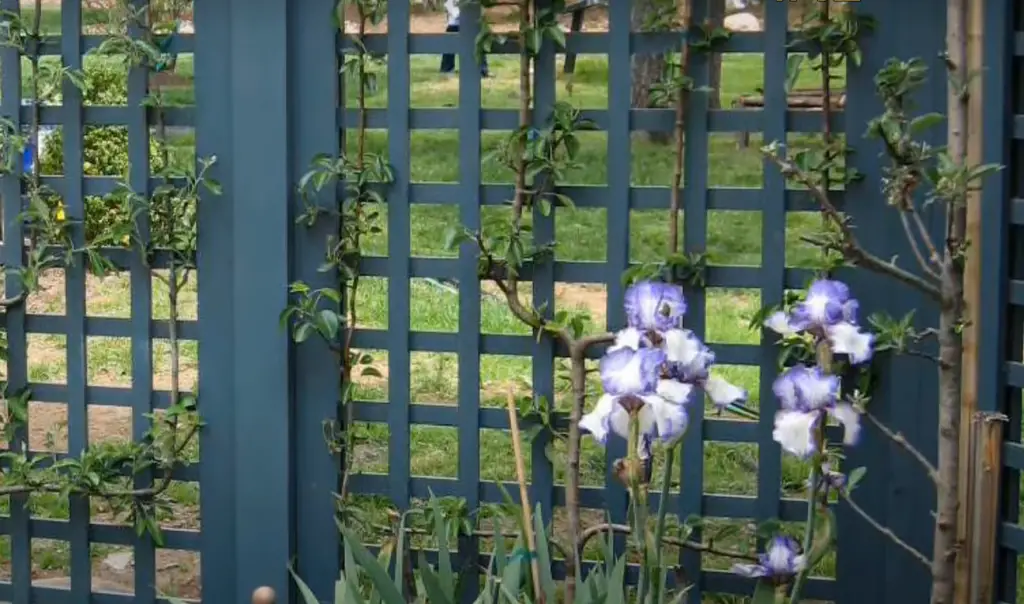
From using them as screen dividers to creating an interesting focal point in your living room—these panels are the perfect way to add a touch of beauty and charm to your interior space.
Privacy Fence
A lattice fence is an ideal solution if you’re looking for a way to create a private outdoor space. With vertical or horizontal panels, these structures can easily provide shade and privacy from unwanted views.
Divide Your Garden Beds
Garden lattices are also great for dividing up your garden beds or creating boundaries between different areas of your yard.
Whether used as a border around flower beds, a backdrop for shrubs or just to separate two sections of the garden, lattices are the perfect way to make your outdoor space look neat and organized.
Build a Gazebo
Gazebos are a great way to provide shade and protection from the elements in your outdoor space. With lattice panels on top or all around, these structures can help create an inviting atmosphere while adding beauty and charm to any garden.
Plus, you can easily decorate it with potted plants or other outdoor accessories for an extra special touch.
Create Vertical Interest
For a unique way to display your flowers and plants, why not build a vertical garden? With metal or plastic panels, you can create several levels of planting space—making the perfect way to add an interesting feature to any outdoor area. [2]
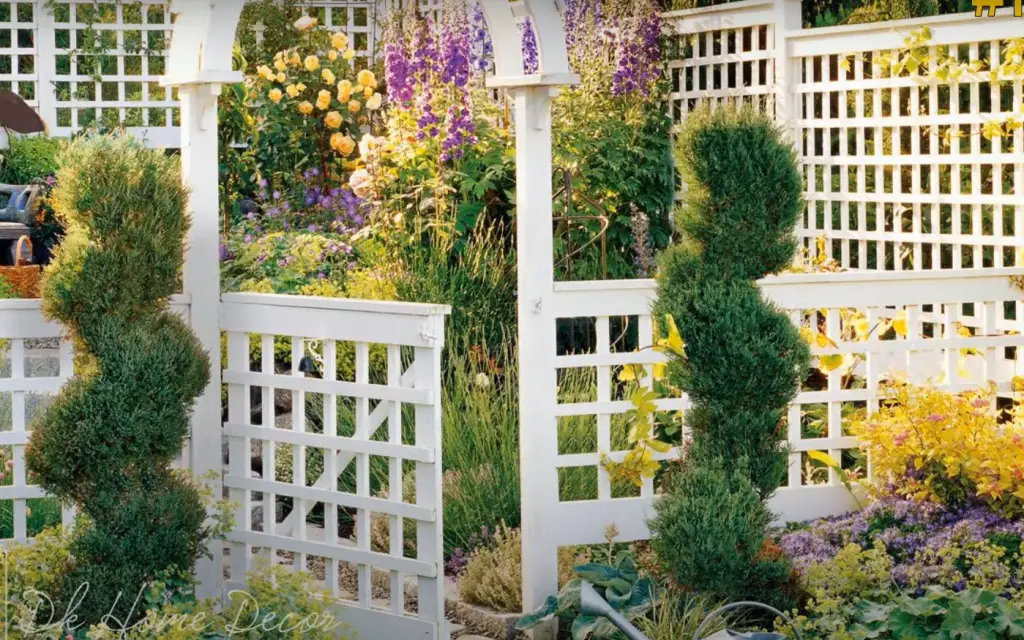
And with so many beautiful designs and colors available, these lattices can really help you create a unique and eye-catching display.
FAQ
How do you make the lattice look nice?
You can easily make the lattice look nice by adding climbing plants or shrubs around it for extra texture and color. Additionally, you can paint or stain the panels to match your existing décor, making them an attractive addition to any outdoor space.
Can I use lattice panels inside my home?
Yes! Lattices are not only perfect for the outdoors, but they can also be used to create interesting interior designs.
Whether used as a screen divider or a focal point in your living room, these panels can add beauty and charm to any indoor space.
How do I use lattice for privacy?
Using lattice for privacy is a great way to create a private outdoor space. Simply build a fence with lattice panels and place it around the area you want to keep private.
You can also add some climbing plants or shrubs around the panels for extra texture and color.
What is the difference between lattice and trellis?
While they are often confused, lattices and trellises have some important differences.
Both can be used to create attractive outdoor structures like fences and gazebos. However, lattices are often used for privacy or to divide up garden beds, while trellises are usually used for climbing plants.
What can I do with the garden lattice?
Garden lattices can be used for a variety of purposes. From creating boundaries between different areas of the garden to building privacy fences and gazebos, these panels are perfect for adding texture, color and charm to your outdoor space.
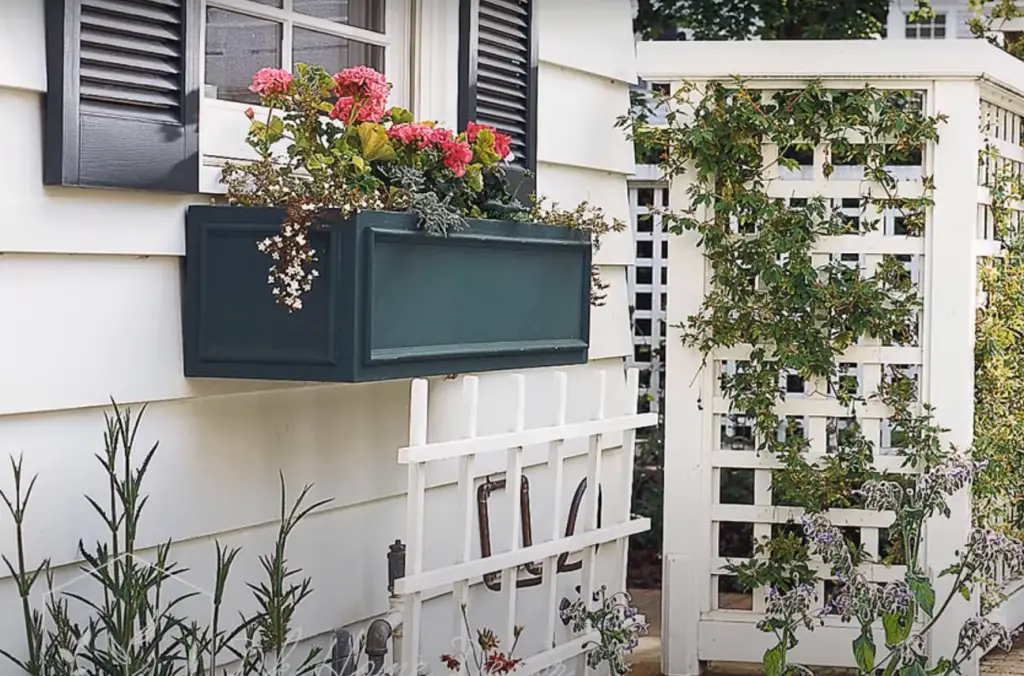
Plus, you can even use them to create vertical gardens or as dividers inside your home. With so many possibilities, garden lattices are a great way to add beauty and function to any outdoor area.
How do you make a garden lattice?
Making a garden lattice is fairly simple. You will need some wood or metal panels, nails and screws, and tools such as a saw, drill and hammer. Depending on your design, you may also need additional materials such as wire mesh, spacers and hardware cloth.
Once you have all the necessary materials ready, simply assemble the panels using the instructions provided or create your own design. And don’t forget to add some climbing plants or shrubs for extra texture and color.
With a little bit of effort, you can easily make an attractive garden lattice that will provide beauty and function for years to come.
Should lattice touch the ground?
No, the lattice should not touch the ground. Allowing the panels to rest directly on the soil can cause them to rot and deteriorate over time.
Instead, you should use spacers between the panels and ground to ensure that they remain in good condition for years to come. You can also add some hardware cloth underneath the panels for extra support.
What are the best materials for lattice?
Wood and metal are the two most popular materials for lattices, as they are easy to work with and can be painted or stained to match your existing décor.
However, you can also use plastic or vinyl panels if you’re looking for a more budget-friendly option. Whichever material you choose, make sure that it is weather-resistant and durable enough to withstand the elements.
What is the most effective way to attach lattice panels?
The most effective way to attach lattice panels is with screws and nails. Nails will provide a more secure hold, while screws are easier to remove if you need to make any adjustments in the future.
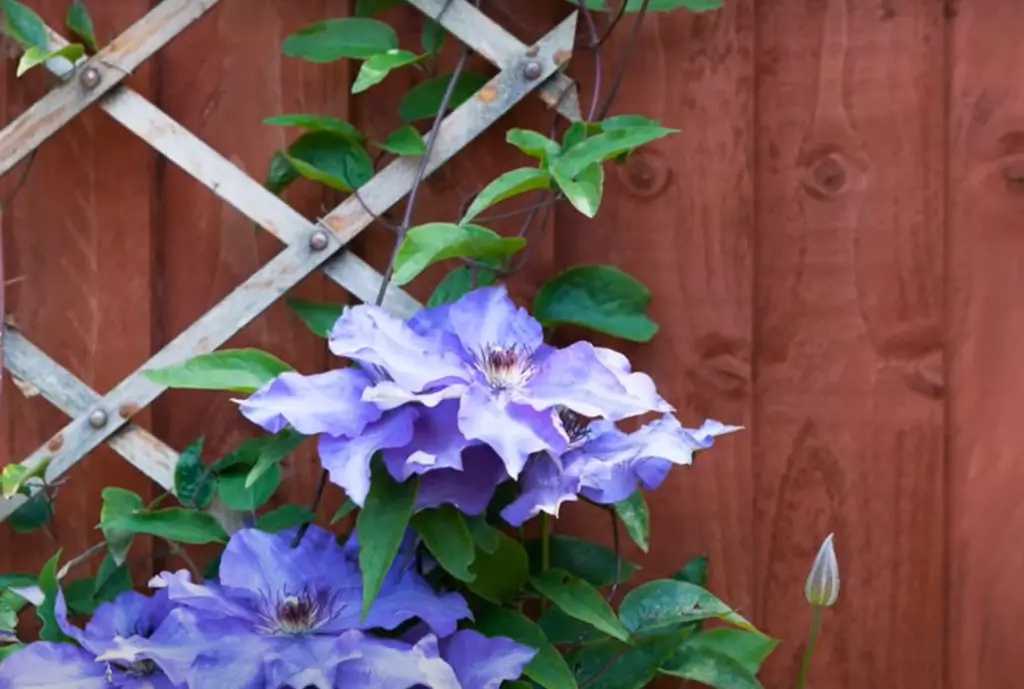
Whichever type of fastener you choose, make sure that it is corrosion-resistant and appropriate for the material you are working with.
What are some design ideas for using garden lattices?
Garden lattices can be used in a variety of ways to add texture and color to any outdoor space. Here are just a few ideas:
- Create an outdoor privacy fence with panels and climbing plants.
- Divide up different areas of the garden by building a gazebo with lattice panels.
- Make an outdoor trellis for climbing plants and flowers.
- Build a vertical garden using lattice panels and planters.
- Use them to create custom pergolas, arbors and other architectural accents.
- Make trellises out of lattices to provide shade and privacy for outdoor seating areas.
No matter which design you choose, garden lattices are sure to add beauty and function to any outdoor space.
What are some tips for caring for garden lattices?
To ensure that your garden lattice panels remain in good condition, it is important to provide regular maintenance. Here are a few tips:
- Clean the panels regularly with soapy water and a soft cloth or brush.
- Treat them with a weather-resistant sealant every few years to prevent fading.
- Repaint or stain them periodically to keep them looking their best.
- Check for any signs of damage, such as warping or discoloration, and replace any panels that are not in good condition.
How can garden lattices improve a yard?
Garden lattices can add texture, color and visual interest to any outdoor area. They can also serve a practical purpose, such as providing privacy or dividing up different areas of the yard.
And with their versatile design, you can use them to create custom pergolas, archways and more. Whatever you choose, garden lattices are sure to enhance the beauty of your outdoor space.
How can I make my own lattice panels?
Making your own garden lattices is actually quite simple. Start by measuring the area you want to cover and then cut the materials according to your measurements.
Once the panels are cut and all the necessary materials ready, simply assemble the panels using the instructions provided or create your own design.
How do I make sure my lattice panels last?
To ensure that your lattice panels stay in good condition, it is important to take proper care of them. Make sure to clean the panels regularly and treat them with weather-resistant sealant every few years.
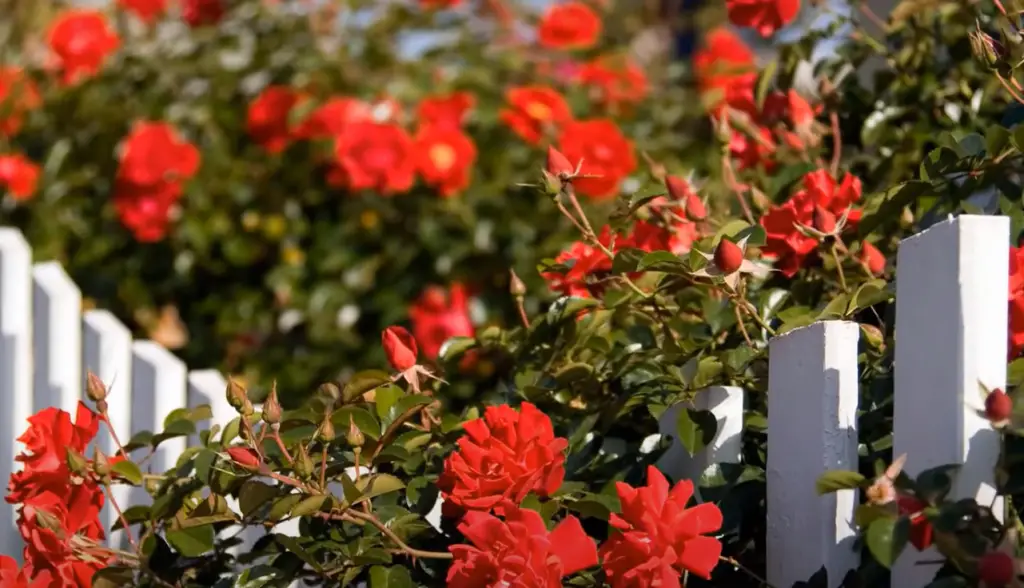
Additionally, check for any signs of damage and replace any boards that are not in good condition. With regular maintenance, your lattice panels should remain in great shape for years to come.
How do I attach lattice panels to my house?
When attaching lattice panels to your house, it is important to use the right fasteners. For brick or concrete walls, you should use masonry screws or anchors that are designed for outdoor use.
If you’re attaching them to wood, use corrosion-resistant nails or screws. Whichever type of fastener you choose, make sure that it is appropriate for the material you are working with.
Why should I use garden lattices in my yard?
Garden lattices are a great way to add texture, color and visual interest to any outdoor area. They can also provide an element of privacy or divide up different areas of the yard.
With their versatile design, you can use them to create custom pergolas, archways and more. Whatever you choose, garden lattices are sure to enhance the beauty of your outdoor space.
Why should I choose a weather-resistant material for my garden lattices?
It is important to choose a weather-resistant material for your garden lattices if you want them to last. Look for materials that are designed specifically for outdoor use such as pressure-treated wood, cedar or redwood.
These materials are more durable and better equipped to handle inclement weather. For additional protection, you can also treat the panels with a sealant or paint to give them extra protection against moisture and sun damage.
Does it matter how I assemble the panels?
When assembling your garden lattice panels, it is important to make sure that the structure is sturdy and secure. Make sure all of the joints are tight and use additional hardware if necessary for extra support.
Additionally, if you’re using a weather-resistant material such as cedar or redwood, make sure to use the right type of fasteners that are designed for outdoor use. This will help ensure that your garden lattices remain in good condition for years to come.[1]
Are there any creative ways to use garden lattices?
Yes, there are many creative ways to use garden lattices. They can be used as decorative trellises to support climbing plants, or you can use them to create custom pergolas, archways and more.
You can even make your own birdhouses using lattice panels. Whatever you choose, garden lattices are sure to enhance the beauty of your outdoor space.
Can I paint my garden lattices?
Yes, you can paint your garden lattices to match the rest of your outdoor décor. However, it is important to choose a paint that is designed for outdoor use and make sure to apply multiple coats for added protection against weathering. Additionally, make sure to clean the panels first so the paint will adhere properly.
Can I use metal lattice panels?
Yes, you can use metal lattice panels to create interesting designs in your garden. Look for galvanized steel or aluminum that is designed for outdoor use.
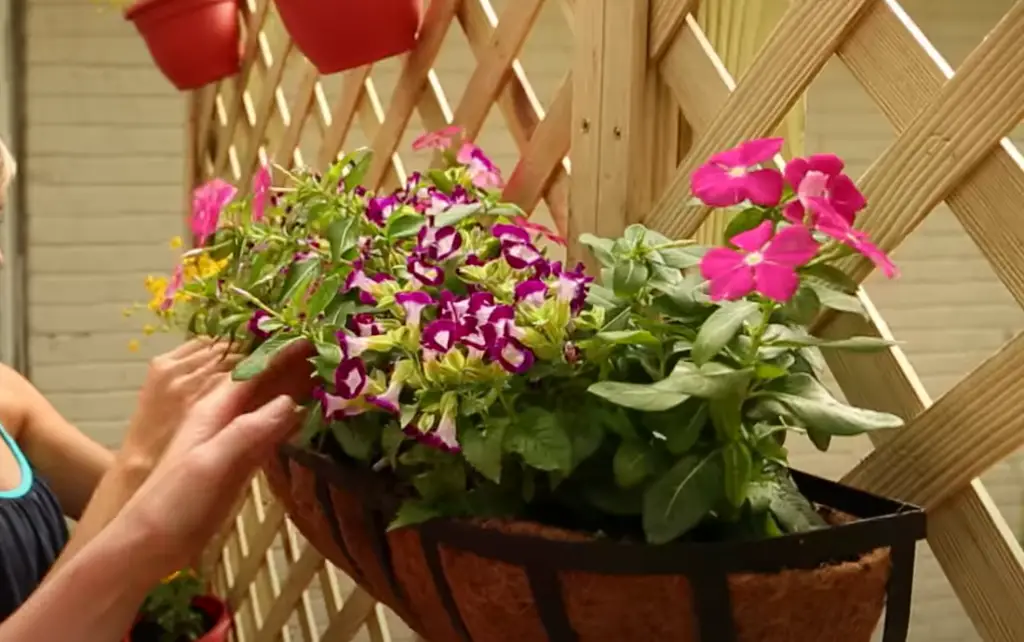
Metal lattices are more durable than wood and often require less maintenance. However, they may not be as visually appealing as wooden panels.
What other materials can I use for garden lattices?
In addition to wood and metal, there are a number of other materials that can be used for garden lattices. PVC lattice panels are lightweight, cost-effective and easy to install.
Woven wicker panels provide an interesting texture that is also very durable. Bamboo is another material that is often used for garden lattices due to its natural look and feel.
What type of hardware should I use to attach my lattice panels?
When attaching your lattice panels, it is important to choose the right type of hardware for the job. For wood and metal panels, you can use corrosion-resistant nails or screws.
For PVC panels, you’ll want to use sea-grade stainless steel screws or plastic fasteners. Make sure all of the connections are secure and check them periodically to ensure that they remain in good condition.
How do I maintain my garden lattices?
To keep your garden lattices looking their best, it is important to perform regular maintenance. If you’re using a weather-resistant material such as cedar or redwood, make sure to apply a sealant or paint every few years.
For metal and PVC panels, you’ll want to clean them periodically with a mild detergent and water. Additionally, check the connections regularly to ensure that they are still secure.
Does it matter where I place my garden lattices?
When deciding on a location for your garden lattices, consider the amount of sunlight and wind exposure that they will receive. This can help you determine whether or not they will need extra protection from the elements. Additionally, consider how much foot traffic they may receive and make sure to choose a spot that is out of the way. This will help ensure that your lattices remain in good condition for many years to come.
Do I need a professional to install my garden lattices?
No, you do not need a professional to install your garden lattices. However, if you’re unsure about the process or want extra help, it may be best to enlist the services of an experienced contractor.
They will be able to provide advice and guidance on proper installation techniques as well as help you select the right materials for your project.
Does the size of my garden matter?
Yes, the size of your garden will affect what type and how many lattices you can install. For smaller gardens, it is best to stick with one or two small panels that are easy to move around if needed.
If you have a larger space, you may be able to create more intricate designs using multiple panels. Consider the size of your garden before deciding on a lattice design.
What other ways can I use my garden lattices?
In addition to their traditional use as a garden feature, lattice panels can also be used to create a sense of privacy or division in outdoor spaces.
You can use them to separate different areas of your garden or to provide a visual barrier between your home and the rest of the neighbourhood. They can also be used as decorative accents for fences, trellises, gates, and more.
Do I need to worry about pests damaging my lattice panels?
Yes, it is important to keep an eye out for any signs of pest damage as this can weaken the structure of your lattices.
If you notice any holes or other signs of infestation, you should take steps to treat the area and repair the damage. Additionally, applying a sealant or paint to your lattices can help provide an extra layer of protection.
Does the type of material I use affect my lattice design?
Yes, different materials can have a big impact on the overall look and feel of your lattices.

Wood panels offer a classic, rustic look while PVC or polyester panels provide an interesting texture that is also very durable.
Bamboo is another material that is often used for lattices and it offers a unique natural look. Consider the type of material that best fits your style before making a decision.
Do I need to use special tools when installing my garden lattices?
No, you do not need any special tools when installing your garden lattices. Depending on the type of material you are using, you may need a drill or saw to cut the panels to size.
Additionally, it is important to make sure that all connections are tight and secure using screws or nails.
Does the weather affect my lattice panels?
Yes, extreme weather conditions can affect the appearance and performance of your garden lattices. High winds may cause some panels to become loose or warped while prolonged exposure to sunlight can cause fading or discoloration.
You should take precautions to protect your lattices from the elements as much as possible by applying a sealant or paint. Additionally, you may want to use anchors to keep them secure in windy areas.
Are lattice panels easy to maintain?
Yes, most lattice panels are very easy to maintain and require only occasional cleaning.
You can use a soft brush and mild soapy solution to remove any dirt or debris that has accumulated on the panels. Additionally, if you notice any discoloration or fading, you may need to apply a new coat of paint or sealant.
Do I need a permit to install garden lattices?
In some areas, you may be required to obtain a permit before installing garden lattices. Check with your local building codes and regulations to make sure that you are in compliance.
Does the type of wood affect my lattice design?
Yes, different types of wood will have an effect on the look and feel of your lattices. Cedar is a popular choice for garden lattices as it is naturally resistant to rot and insect damage.
Pine may be less expensive but it is not as durable and can easily warp or crack in extreme weather conditions. Consider the type of wood that best fits your style and budget before making a decision.
Which size lattice panels should I buy?
The size of the lattice panels you buy will depend on your specific needs and the space available in your garden. For small spaces, it is best to opt for narrower or shorter panels.
For larger areas, wider and longer panels may be a better option. Additionally, be sure to measure the area before you shop to ensure that the panels fit correctly.
Do lattices require regular maintenance?
Yes, it is important to perform regular maintenance on your garden lattices. Inspect them regularly for any signs of damage or decay and take steps to repair or replace damaged panels as needed.
Additionally, you should apply a sealant or paint every few years to protect the panels from the elements.
Which shape should I choose for my lattice panel?
The shape of the lattice panels you choose will depend largely on the look you are trying to achieve. Square or rectangular panels are ideal for a traditional, symmetrical look while curved panels can add an interesting touch of flair.
Additionally, some materials can be bent into unique shapes like stars or circles for a more creative approach. Consider the shape that best fits your aesthetic before making a decision.
Which type of lattice pattern is the most popular?
The most popular lattice pattern is the diagonal weave. This classic design offers a timeless look and can be easily adjusted to fit any size area.
Additionally, it is very easy to install as no special tools are required. However, there are many other patterns available if you want a more modern or unique look.
Can I paint my lattice panels?
Yes, most lattice materials can be painted or stained to create a personalised look. It is important to use weather-resistant paint and apply several coats for the best results.
Additionally, if you choose to stain your lattices, make sure that it is compatible with the type of wood you are using before beginning.
Useful Video: Top 40 Lattice Ideas For Backyard Garden – Lattice & Trellis Ideas For Privacy 2023
Conclusion
Lattice can provide an attractive and cost-effective way to dress up a garden or outdoor living space. There are seemingly endless lattice ideas, from real wood and vinyl designs, to fibreglass varieties.
Lattice can be combined with plant material such as ivy, honeysuckle, jasmine and others to create a lush backdrop in which the garden can come alive.
As you consider your next project for sprucing up your garden space, take some time to think about what lattice could do for you.
Whether it’s to give yourself some privacy or just add a visually captivating element to your garden, the right type of lattice could make all the difference. And who knows? Maybe it’ll get your creative juices flowing and lead you off onto other great ideas!
References:
- https://acuriolattice.com/5-creative-ideas-for-using-lattice-in-your-garden/
- https://www.permalatt.com/garden-lattice-ideas/










Leave a Reply
View Comments